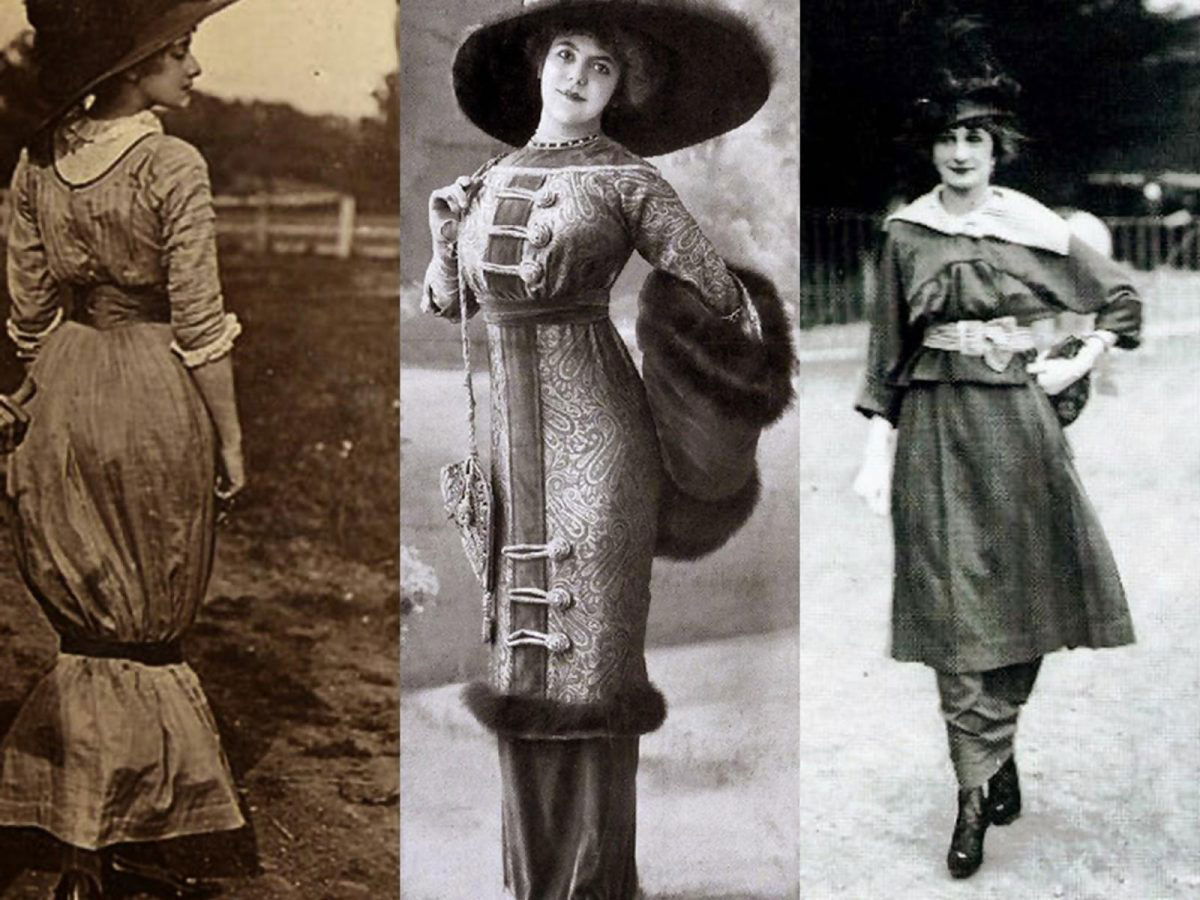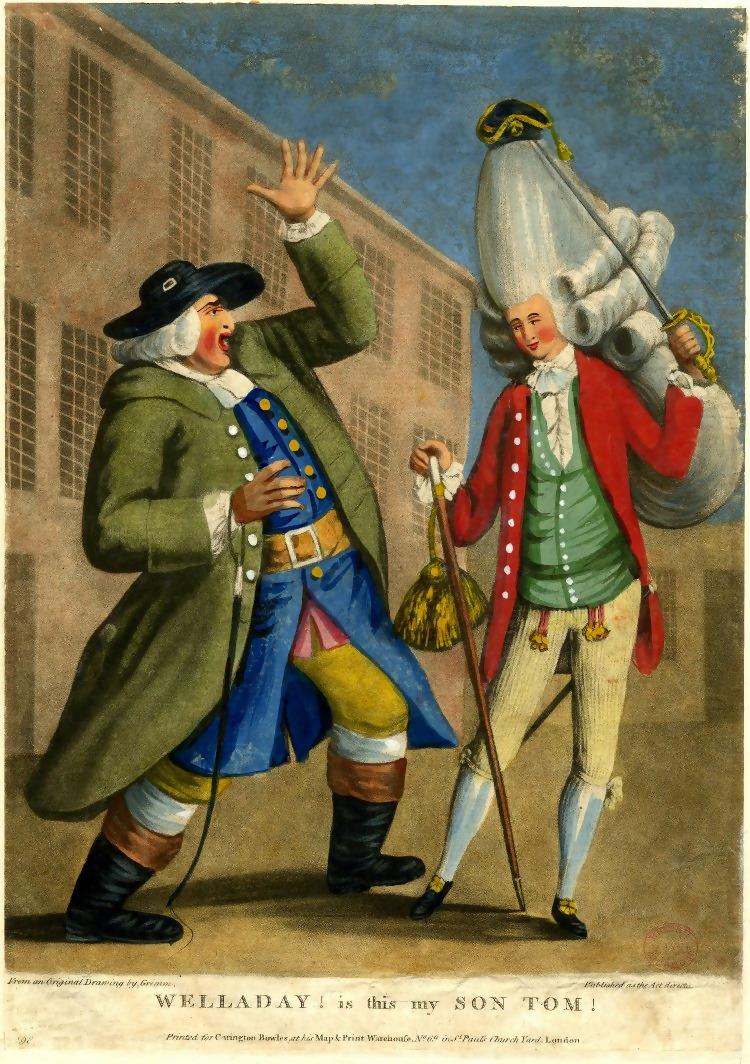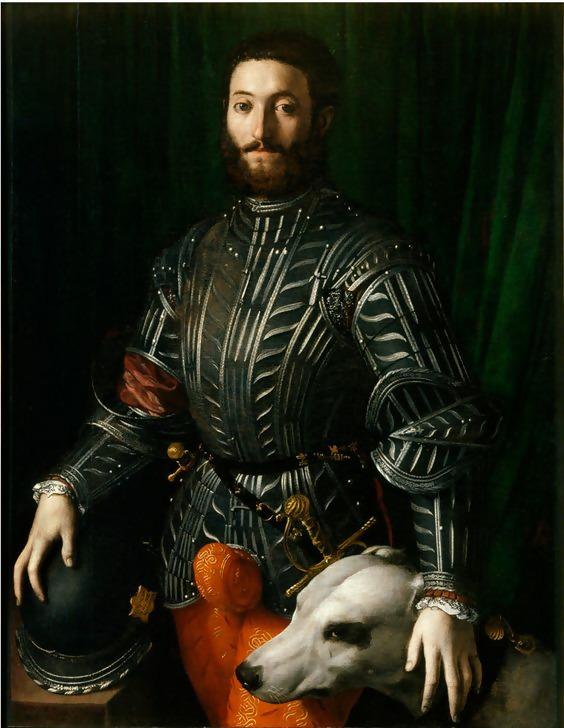17 Weird Fashion Ideas From The Past That You’d Agree Are Totally Dumb (2 of 4)
Advertisement
Chopines

During the sixteenth century, women from rich families were crazy about extreme platform shoes that were named chopines. The chopines were typically made from cork or wood, and were usually covered in either leather or brocade, and had embroidered velvet on top. The shoes signified the social strata one belonged to, with the higher shoes signifying a higher position in the society.
However, the only bad thing about these shoes was that they didn’t allow the wearer to move around with ease. In fact, women often required the assistance of their servants in order to walk in these really tall shoes.
Crinolines

Crinoline was a kind of hoop skirt that had a bell-shaped design, which really increased the volume of a skirt significantly. The dress was worn during the Victorian era in the nineteenth century, and was actually meant to be a petticoat made from stiff linen and horsehair. However, with the invention of steel cage variation of crinoline, the same level of volume was possible to be achieved without having to suffer the extra heat and the bulkiness of such thick petticoats.
The crinoline was not only difficult to wear and carry, but also quite fatal. For instance, in the year 1858, a Boston woman died when her skirt caught fire from a fireplace. Many such instances were reported in the same year, and the trend later lost popularity.
Hobble Skirts

The second decade of the 20th century saw “The King of Fashion”, the French designer Paul Poiret dominate the fashion ideas. He was the one who introduced the famed hobble skirt. The hobble skirt was a very close-fitting skirt that didn’t allow easy movements of the legs, forcing women to take shorter steps. However, his design did allow women to liberate themselves from those heavy petticoats and the tight corsets. But in his own words, he freed the bust, but shackled the legs!
Macaroni

The aristocratic men from the British society used to wear really big wigs that had a small hat or a feather at the top in the 1760s. The men who sported this look apparently brought it with them from the “Grand Tour” that they took across Continental Europe that was intended to impart them a “deep cultural knowledge”. However, the style was actually named after the famous Italian dish, which in fact signifies sophistication.
The popular British rhyme, “Yankee Doodle,” would sing:
A-riding on a pony,
Stuck a feather in his cap
And called it macaroni.
The lyrics of this rhyme were actually meant as a satire of the idea that by sticking a feather in one’s hair, any commoner could think of himself as sophisticated and valuable as “macaroni”. Despite this rhyme, this fashion trend actually was quite in rage and continued to be a popular choice amongst the masses until at least the next twenty-odd years.
Codpieces

During the fifteenth and sixteenth centuries, men used to draw attention to their packages with codpieces. These codpieces were quite often made of embroidered fabric, padded cloth, or sometimes even metal. The codpiece was held in place by use of ties, buttons, strings, and was supposed to draw praise. The name itself was quite bawdy, as “cod” was actually a slang used for the word scrotum!
Michel de Montaigne, a French philosopher, however was a severe critic of the dress. In the late 1580s, he described the codpiece as a vague and useless device that doesn’t even have a decent name, but is quite fondly worn by men in the public.
The codpieces ultimately lost prominence, as the breeches and doublet styles gained more popularity amongst the masses.